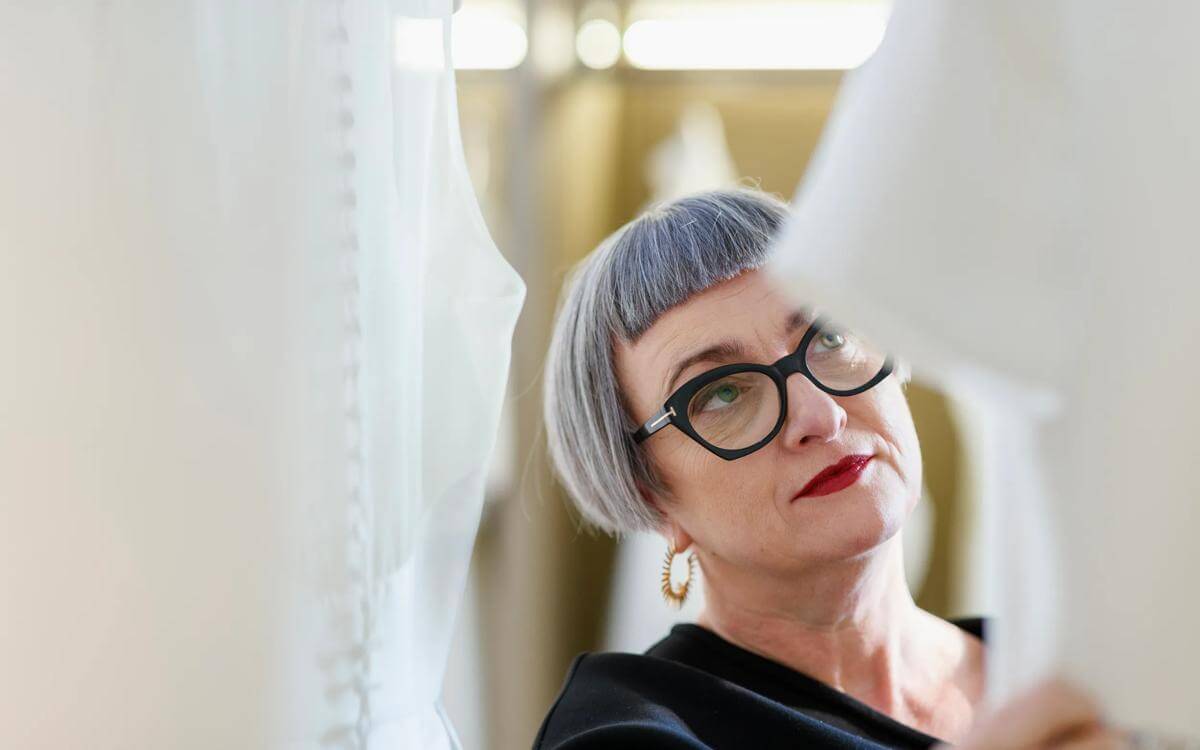The ASA recently published its research on the portrayal of older people in advertising, with authenticity emerging as a key theme - particularly in how beauty and fashion retailers depict older women.
With 63% of all UK spending expected to be attributed to consumers aged 50+ by 2040, it's no longer an option, but an expectation that retailers will do better to reflect the reality.
Harmful stereotypes and anti-ageing pressure
Participants in the study highlighted the portrayal of a stereotypical "caricature" of an older person, i.e., wearing "grandma" clothing or having grey hair, and found that the ads were more likely to cause harm. This included those which showed older people as having no purpose, or showed age as something to be fought.
This particularly applies to beauty ads which were flagged as always describing ageing as a negative process, with the implication that women will only look or feel good if they fight that process. There was concern that ads can reinforce unrealistic standards, and potentially put pressure on women of all ages, not just older women, to look a certain way.
The invisibility crisis: Why women over 55 feel excluded from advertising
In focus groups, women over 55 voiced frustration over their lack of representation in advertising. Many felt this absence reinforced a broader societal message that older women are invisible or irrelevant, especially in beauty and fashion ads. These ads were seen to favour young models or well-known older celebrities, rather than authentic portrayals of everyday older women.
This not only perpetuates stereotypes about desirability and aspiration but also influences what products older women feel are "acceptable" for them to use or wear based on age.
The evolution of ASA rulings on airbrushing and post-production
In the past, ASA rulings on beauty products have centred on whether the efficacy claim made can be substantiated and whether the application of post-production techniques was misleading. For example, in 2009, an Olay ad featuring Twiggy was banned for overuse of airbrushing and then triggered a campaign against airbrushing in ads.
Although the ASA ruled on this multiple times, the use of post-production techniques wasn’t always problematic. A complaint against an ad for a moisturiser featuring actress Jane Fonda was not found to exaggerate the effect that could be achieved by the product. But it’s important that in the rush to use technology, whether it’s airbrushing or AI, that the consumer of the product isn’t alienated.
Case study: When positive representation backfires
In its research, the ASA used case studies, including a recent JD Williams ad which featured older women in bright, colourful and "trendy" clothes used the strapline: "feeling more girlfriend than grandma". Although focus groups acknowledged that this aimed to show an atypical and positive portrayal of older women, some were irritated as they felt it implied that being a 'grandma' was negative and should be resisted rather than embraced.
The rise of older influencers: Redefining age on social media
A 2024 study by OFCOM examining adults' media use found three quarters of internet users aged 65+ use social media, and some have seen this as an opportunity to take matters into their own hands. An increasing number of older influencers are harnessing social media platforms to redefine societal expectations and affirm their presence in today’s society.
A 59-year-old fashion influencer, Grece Ghanem, has gained over two million Instagram followers to share her outfits and love of fashion with others. Since joining Instagram in 2015, she has become a fashion icon, and has collaborated with the likes of Chanel, Mango, and Mac Cosmetics.
Gym Tan, a fashion influencer in her sixties with over 360,000 followers, said that:
“the reality of the situation is that the older demographic has a lot of money to spend and there are very few brands that are talking to us.”
Margaret Chola aka Legendary Glamma, a grandmother in her mid-80s has captured the world’s attention as a self-acclaimed “accidental fashion icon”. She has gained 180,000 Instagram followers, and has featured in Vogue Italia and National Geographic, speaking to the positive influence she is having on some older women who tell her that “they’ve started reclaiming their style”.
Regulatory and commercial imperatives for age-inclusive advertising
The persistent under-representation and stereotypical depiction of older women in fashion and beauty advertising raises important concerns both from a regulatory and commercial perspective. The ASA’s recent research highlights the imperative for authenticity and inclusivity in advertising, particularly in representing older demographics with accuracy and respect.
In 2009, the ASA’s decision to ban Twiggy’s Olay ad was grounded in the rules against misleading advertising, but it rejected complaints that the advertisement was socially irresponsible. In light of the ASA’s recent findings, it seems plausible that a similar complaint in 2025 could prompt a different outcome.
ASA guidance on authentic representation of older people
The ASA’s research gives pointers on how to depict older people, recommending avoiding one-dimensional depictions and portraying a spectrum of experiences where age is secondary to the individual.
Why inclusive advertising drives commercial success
Beyond regulatory compliance, it also makes business sense for brands to embrace inclusivity, as older consumers typically have greater disposable income, and represent a growing segment of the market – the growing number of “older” influencers and their popularity also speaks to the demand for representation in this space.
Advertisers who fail to do this, not only risk regulatory scrutiny but also the loss of a valuable consumer base. Therefore, promoting genuine, diverse portrayals of older women is essential – not only to uphold evolving advertising standards but also to drive sustainable commercial success in an increasingly inclusive marketplace.
If you would like to learn more please contact our specialist advertising and marketing team for further information.
Contents
- CMA investigates businesses over pricing and finalises pricing guidance
- The Digital Services Act: Recent enforcement actions and what they mean for retail
- New employee protections and employer obligations under the Employment Rights Bill
- Workplace sexual harassment law: What's changed for employers one year on?
- Addressing worker exploitation in retail supply chains
- Beyond the shopfront: How the Renters' Rights Act will reshape residential lettings in retail
- ASA rulings deep dive: LED facemasks









































